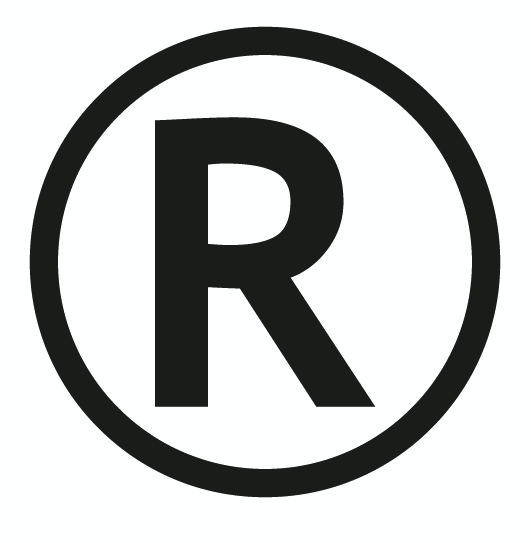
Symbol.
- the 18th in order or in a series, or, when I is omitted, the 17th.
- (sometimes lowercase) the medieval Roman numeral for 80.Compare Roman numerals.
- Biochemistry. arginine.
- Physics. universal gas constant.
- registered trademark: written as superscript ® following a name registered with the U.S. Patent and Trademark Office.
noun
noun plural r’s, R’s or Rs
- the 18th letter and 14th consonant of the modern English alphabet
- a speech sound represented by this letter, in English usually an alveolar semivowel, as in red
- See three Rs
symbol for
- chem radical
- currency
- rand
- rupee
- Réaumur temperature (scale)
- physics electronics resistance
- roentgen or röntgen
- chess rook
- Royal
- chem gas constant
- (in the US and Australia)
- restricted exhibition (used to describe a category of film certified as unsuitable for viewing by anyone under the age of 18)
- (as modifier)an R film
In a circle, meaning “registered (trademark),” first incorporated in U.S. statues 1946. Three Rs (1825) said to have been given as a toast by Sir W. Curtis (1752-1829). R&R “rest and relaxation,” first recorded 1953, American English; R&B “rhythm and blues” (type of popular music) first attested 1949, American English.
If all our r’s that are written are pronounced, the sound is more common than any other in English utterance (over seven per cent.); the instances of occurrence before a vowel, and so of universal pronunciation, are only half as frequent. There are localities where the normal vibration of the tip of the tongue is replaced by one of the uvula, making a guttural trill, which is still more entitled to the name of “dog’s letter” than is the ordinary r; such are considerable parts of France and Germany; the sound appears to occur only sporadically in English pronunciation. [Century Dictionary]
The moment we encounter the added r’s of purp or dorg in our reading we know that we have to do with humor, and so with school-marm. The added consonants are supposed to be spoken, if the words are uttered, but, as a matter of fact, they are less often uttered than seen. The words are, indeed, largely visual forms; the humor is chiefly for the eye. [Louise Pound, “The Humorous ‘R,'” “American Mercury,” October 1924]
She goes on to note that in British humorous writing, -ar “popularly indicates the sound of the vowel in father” and formations like larf (for laugh) “are to be read with the broad vowel but no uttered r.” She also quotes Henry James on the characteristic prominence of the medial -r- sound (which tends to be dropped in England and New England) in the speech of the U.S. Midwest, “under some strange impulse received toward consonantal recovery of balance, making it present even in words from which it is absent, bringing it in everywhere as with the small vulgar effect of a sort of morose grinding of the back teeth.”
abbr.
- racemic
abbr.
- right
- radical (usually an alkyl or aryl group)
- respiration
- respiratory exchange ratio
- or r roentgen
- Abbreviation of radius
- The symbol for resistance.
see three R’s.
 Liberal Dictionary English Dictionary
Liberal Dictionary English Dictionary